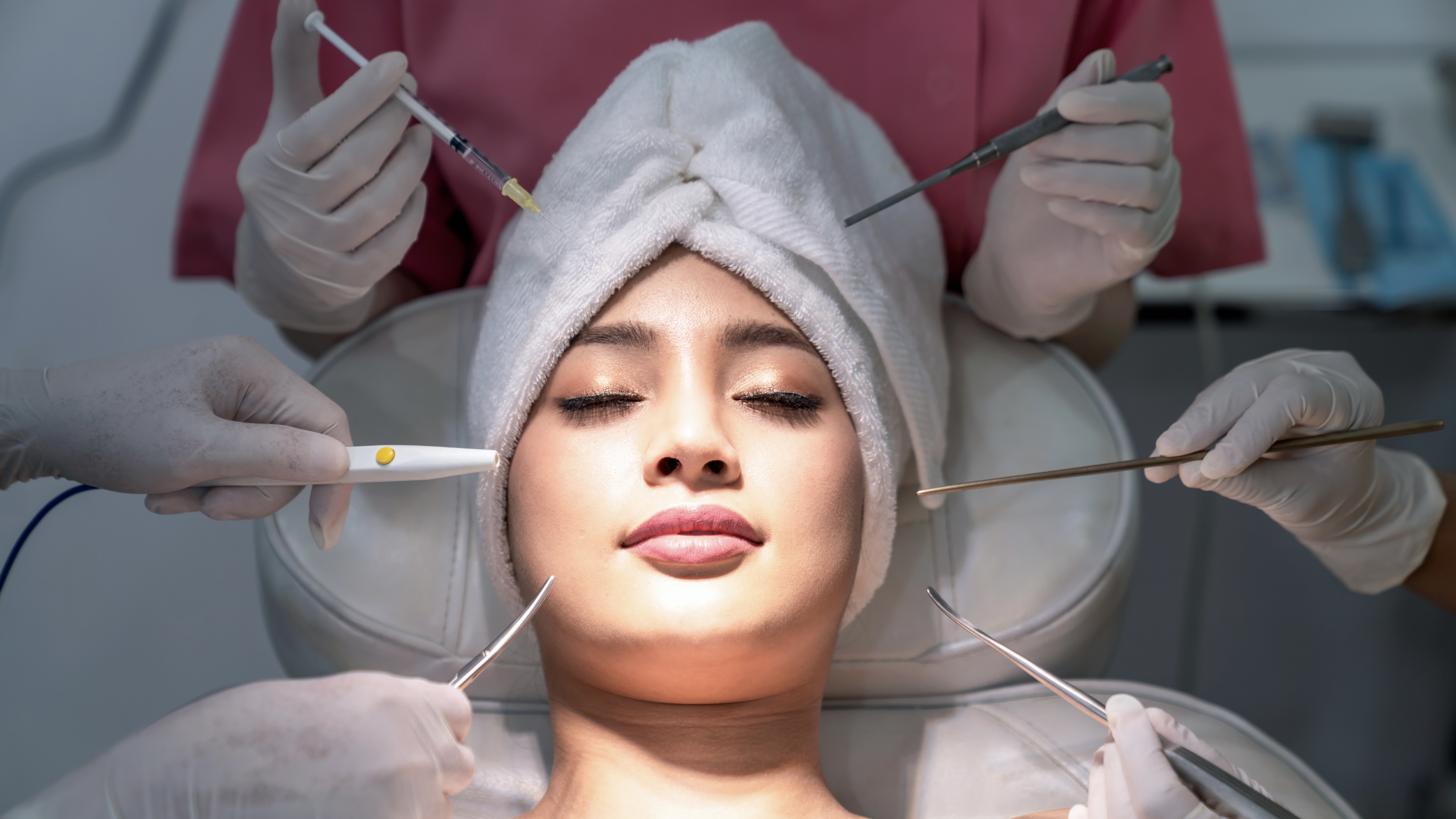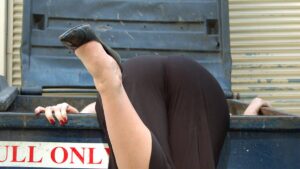Bio Curious: IPO candidate Stormeur to fly the ASX flag for billion-dollar beauty clinic sector

Pic via Getty Images
- The owner of the Cosmetique chain, Stormeur is seeking to raise $6-7 million in an IPO
- The company already operates in the high-margin filler sector, but has entered the even more lucrative laser hair-removal business
- The IPO comes amid a rash of consolidation in the sector
Pending ASX entrant Stormeur confirms what sceptics have long suspected about the body-beautiful industry: the profits are even more attractive than the end results of an intensive wrinkle relaxing and skin needling treatment.
Stormeur founder and executive chairman Dr Vivek Eranki runs through the hair-raising numbers – at least for the follicles spared from intense-pulse light hair removal.
Firstly the size of the local facial injectable and laser hair removal markets are estimated at more than $4 billion and $2.7 billion respectively.
In the case of injectables – Botox, lip fillers and the like – the gross margin is around 60%.
That’s not too shabby. But given there’s no need for consumables except for a gel, laser hair removal attracts a 99% margin – a more beautiful number than the Golden Ratio of 1.61803399 (one for the maths nerds there).
And forget Ozempic – how about a $999 fat-dissolving treatment to melt those extra kilos away?
A discretionary but recession-proof sector
The owner of 17 outlets under the Cosmetique banner, Stormeur is seeking to raise $6-7 million ahead of the targeted October 21 listing, with most of the funds slated for four new greenfield stores (two in Sydney and two in Melbourne).
The stock has the proposed ticker code STR.
A $200,000 seed round aside, Eranki currently owns all of the company.
“Cosmetic clinics have a very healthy business model,” he says. “There’s good underlying demand and they are recession proof.”
Why should an inherently discretionary offering be so resilient?
The answer lies in the demographic of 18 to 35-year-old females.
“They don’t have to deal with mortgages and school fees,” he says. “They are concerned about aesthetics and the way they look and they allocate more of their resources to these endeavours.”
While 98% of customers are female, the growing metrosexual cohort is not being ignored: “a lot of men are actively interested in getting hair removal as well, especially in the eastern states.”
Another attractive element of the business is that the regulatory noose has tightened on the sector, with previously ‘suggested’ quality measures now becoming mandatory.
“A lot of the smaller operators looked at these recommendations as optional,” Eranki says.
“It has become a lot more expensive for them to operate and a lot of the boutique players thus far have left the sector.”
With a centralised compliance capability, operators such as Stormeur are more capable of cutting through the red tape.
Homogenous stores, predictable financials
The McDonald’s of the beauty scene, Stormeur ensures its stores are homogeneous and that means predictable set-up and operating costs.
Typically the outlets are in mainland capital locations, in aspirational outer suburbs with a younger demographic.
Eranki says a store typically costs $90,000 to $150,000 to fit out, with typical break-even between 12 and 24 months.
One of its first established stores, in Perth’s Cockburn, last year turned over $780,000 for a gross profit of $500,000.
Stormeur generated pro forma revenue of $3.44 million in the June half, with earnings before interest tax and depreciation of $135,000 and a net loss of $346,000.
The chain handled 11,227 appointments, with clients expending an average $307 per visit.
Of the revenue, about 90% derived from injectables: about 60% of that from Botox and 30% from fillers.
But late last year the company expanded into laser hair removal, with this side of the business expected to account for more than 20% of revenue from next year.
There’s a barrier to entry in that a decent laser hair removal machine costs $30,000 to $40,000, but Stormeur’s pricing power means it gets an attractive deal.
Having newer machines means clinics can see a patient every 15 minutes rather than every 45 minutes to an hour, because they don’t overheat and can treat people of any skin colour (older machines can only deal with dark hair and light skin).
Other target sectors are the $1 billion-a-year cosmeceuticals sector – products such as moisturisers – which also attract stonking margins.
Stormeur also wants to ink (or de-ink) its presence in laser tattoo removal: a huge pending growth sector given the popularity of such adornments among young men and women alike.
Sadly, the stamps tend to outlast the depicted girlfriend or pet dog.
The IPO is being struck at 20 cents a share, with attached, tradeable piggyback options on a one-for-five basis, exercisable at 40 cents.
On completion, the whole shebang will be valued at $16.5-17.5 million.
Merger mania
Post-listing, Stormeur will be the only ASX-listed pure-play beauty exposure after Wesfarmers’ (ASX:WES) Australian Pharmaceutical Industries last year acquired the Silk Laser Clinics chain for $180 million.
In early 2023 API bought Eden Laser Clinics for $8.5 million. API also owns the Clear Skincare chain, now melded with Silk.
For its part, Silk acquired Unique Laser Clinics in 2022 and Eden Laser Clinics in March 2023.
Not to be outdone, an entity connected to Sonic Healthcare (ASX:SHL) last year bought the listed Vita Group, owner of the Artisan Aesthetic Clinics, for $22 million.
Private equiteer Kohlberg Kravis Roberts got on the beauty wagon in 2017 by snapping up the private Laser Clinics Australia for $650 million.
“Anything that has been scaled and commercialised has been acquired,” says Eranki, who himself has broad experience in consolidating dental, GP and corporate health practices.
It therefore doesn’t take a well-groomed rocket scientist to work out that Stormeur could come into the sights of an acquirer as well.
This story does not constitute financial product advice. You should consider obtaining independent advice before making any financial decision.

UNLOCK INSIGHTS
Discover the untold stories of emerging ASX stocks.
Daily news and expert analysis, it's free to subscribe.
By proceeding, you confirm you understand that we handle personal information in accordance with our Privacy Policy.








